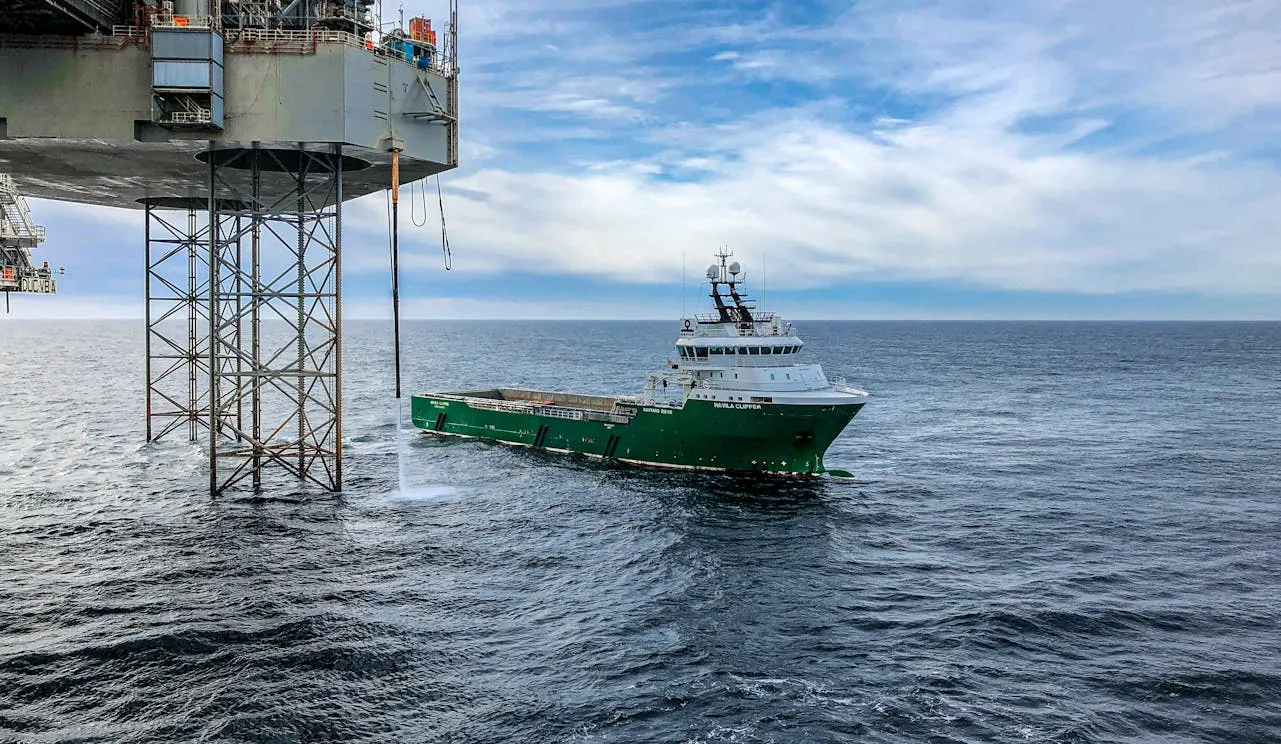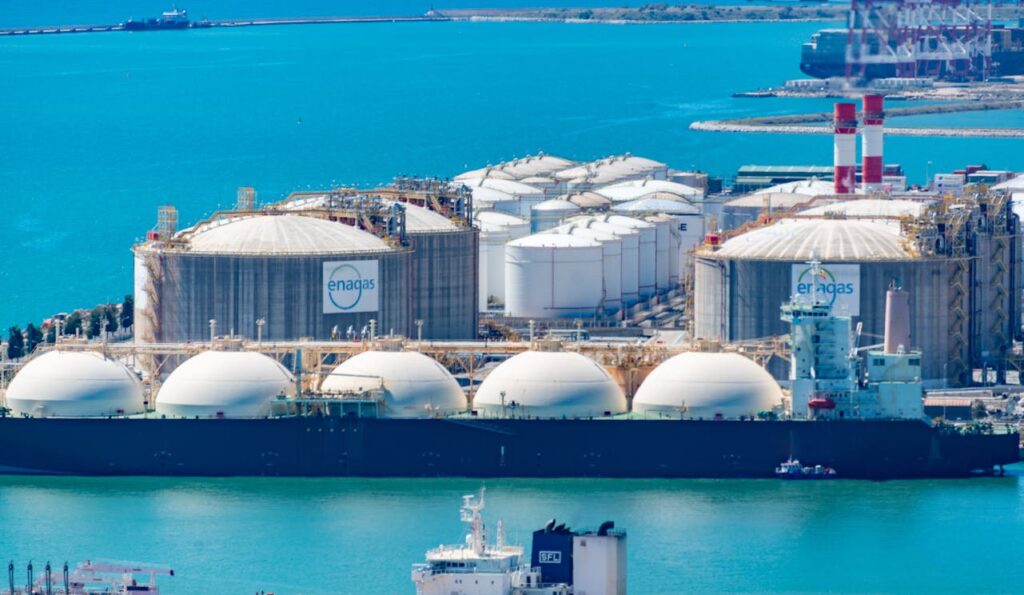
LNG Carriers Market Report 2025: Global Industry to Reach $17.6 Billion Amid Rising Demand for Floating Storage and Regasification Units
The “LNG Carriers – Global Strategic Business Report” has been added to ResearchAndMarkets.com’s offering, providing an in-depth analysis of the growing LNG (Liquefied Natural Gas) carrier market. As the demand for cleaner energy sources increases, LNG carriers play an essential role in global energy supply chains, ensuring efficient transportation of natural gas across continents. The market, valued at $14.4 billion in 2023, is projected to reach $17.6 billion by 2030, growing at a compound annual growth rate (CAGR) of 3.0% from 2023 to 2030.
The Growing Importance of LNG Carriers in the Global Energy Landscape
LNG carriers are vital to the worldwide energy infrastructure, serving as the primary transportation link between gas-producing regions such as the Middle East, North America, and Australia and high-demand markets in Asia and Europe. These vessels are designed with advanced insulation and containment technologies, including membrane and spherical Moss tanks, to maintain ultra-low temperatures necessary for liquefied gas storage.
The evolution of LNG shipping has significantly contributed to global energy security, enabling flexible, cost-effective trade and supporting the transition to lower-carbon energy sources. With natural gas emerging as a key alternative to coal and oil, LNG carriers facilitate energy diversification, making them indispensable in today’s shifting energy landscape.

Key Market Drivers Fueling LNG Carrier Expansion
Several factors are driving the expansion of the LNG carrier market, including:
1. Increasing Global Demand for Natural Gas
As economies transition to cleaner energy sources, the demand for LNG is rising in industrial and power generation sectors. This trend is particularly evident in Asia and Europe, where countries are prioritizing LNG over coal and oil for reduced carbon emissions.
2. Expansion of LNG Export Facilities
The development of new LNG export terminals, especially in the U.S., Qatar, and Australia, is spurring the need for additional LNG carriers. These nations are investing in high-capacity shipping fleets to accommodate the growing production levels.
3. Advancements in Ship Design and Propulsion Systems
Innovations in LNG carrier technology, including dual-fuel propulsion systems and advanced containment methods, are enhancing fuel efficiency and environmental compliance. These improvements align with stringent International Maritime Organization (IMO) regulations aimed at reducing emissions.
4. Increasing Adoption of Floating LNG Facilities (FLNG) and Floating Storage and Regasification Units (FSRUs)
Floating LNG solutions are transforming the market by enabling import and export capabilities without the need for extensive onshore infrastructure. This approach provides flexibility and cost savings, particularly in emerging markets.
5. Shifting Trade Routes and Geopolitical Factors
With Europe reducing its reliance on Russian gas and increasing LNG imports, new trade corridors are being established, bolstering the demand for LNG carriers. The market is also being shaped by energy security concerns and the realignment of global gas supply chains.
Emerging Trends Shaping the LNG Carrier Market
The LNG carrier industry is experiencing rapid transformations, driven by key trends such as:
1. Larger and More Efficient LNG Carriers
New LNG vessels are being built with larger capacities—up to 266,000 cubic meters—to optimize transportation costs and improve profitability. This shift is crucial for global operators seeking economies of scale.
2. Eco-Friendly Vessel Designs
With a growing emphasis on sustainability, shipbuilders are incorporating advanced LNG-powered engines, reducing emissions, and enhancing energy efficiency. Dual-fuel propulsion systems allow ships to operate on both natural gas and diesel, ensuring compliance with environmental regulations.
3. Rise of Spot Trading and Short-Term Contracts
Traditionally, LNG has been traded under long-term contracts, but the market is shifting towards shorter contracts and spot trading. This flexibility is increasing the demand for adaptable LNG carriers that can swiftly respond to market fluctuations.
4. Digitalization and IoT Integration
LNG carriers are integrating digital technologies such as IoT (Internet of Things) and AI-driven analytics to optimize route planning, monitor vessel performance, and improve cargo security.
5. Regulatory Compliance and Safety Enhancements
New safety protocols and international standards are shaping LNG carrier operations, requiring shipowners to invest in advanced containment and leak detection systems to prevent environmental hazards.
Market Segment Insights: Membrane vs. Moss Type Carriers
The LNG carrier market is segmented into membrane-type and Moss-type carriers, each with unique attributes:
- Membrane Type Carriers: This segment is projected to reach $11.3 billion by 2030, growing at a CAGR of 3.5%. Membrane carriers offer higher capacity and improved fuel efficiency, making them a preferred choice for operators.
- Moss Type Carriers: Expected to grow at a 2.2% CAGR, these carriers feature spherical tanks, providing greater structural integrity and resistance to sloshing effects.
Regional Market Analysis
United States
The U.S. LNG carrier market is valued at $3.9 billion in 2023 and is benefiting from the country’s expanding LNG export infrastructure. The U.S. is set to maintain its position as a key LNG supplier, driving continued fleet expansion.
China
China is forecasted to experience significant growth, with a projected CAGR of 5.9%, reaching $3.6 billion by 2030. The country’s increasing natural gas consumption and investments in LNG infrastructure are fueling this rise.
Europe
With Europe actively diversifying its energy sources and reducing dependency on Russian gas, LNG imports are on the rise, creating strong demand for additional LNG carriers.
Asia-Pacific & Middle East
Countries such as Japan, South Korea, and India are increasing LNG imports, while the Middle East continues to be a dominant supplier, further shaping market dynamics.
Competitive Landscape: Key Players in the LNG Carrier Industry
The global LNG carrier market is highly competitive, with leading companies focusing on innovation and fleet expansion. Key players include:
- BW Group
- Dynagas Ltd.
- Exmar
- FLEX LNG
- GasLog
- Hoegh LNG
- Japan Marine United Corp.
- Kawasaki Heavy Industries Ltd.
- Mitsubishi Heavy Industries Ltd.
- Mitsui O.S.K. Lines, Ltd.
These companies are investing in newbuilds, upgrading fleets, and leveraging digitalization to enhance operational efficiency.
Market Forecast and Future Outlook
The LNG carrier market is set for steady growth, driven by increasing LNG demand, infrastructure investments, and technological advancements. The expansion of FLNG and FSRUs will unlock new opportunities, making LNG transportation more flexible and cost-efficient. Meanwhile, the push for decarbonization will spur innovations in sustainable ship designs and fuel efficiency.
As global energy markets evolve, LNG carriers will remain a critical component of energy security and supply chain resilience. Companies that invest in fleet modernization, digital technologies, and strategic partnerships will be well-positioned to capitalize on the industry’s growth trajectory.
For more information about this report, visit ResearchAndMarkets.com.


